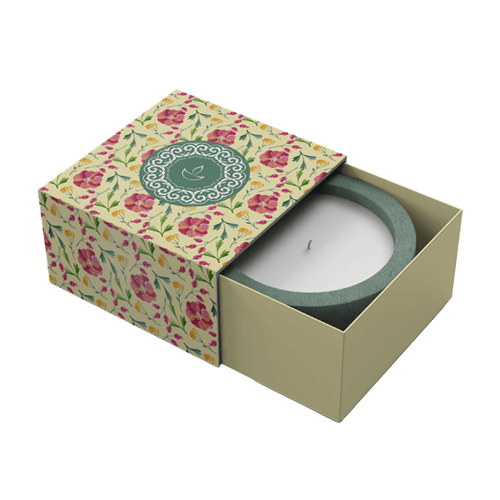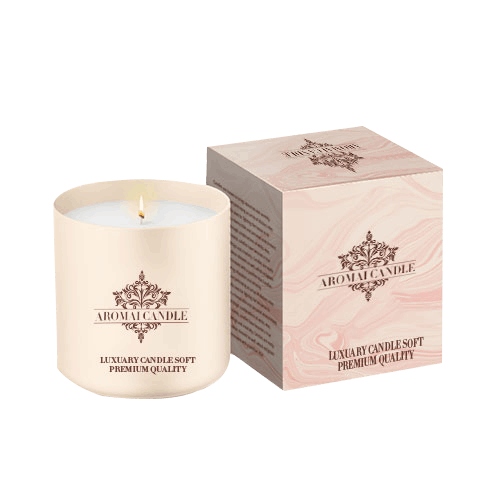No matter what your concerns are for branding, custom packaging can effectively solve them all. It does so and much more through targeting your core audience.
While getting personalized packaging may seem like a waste of time, it really is the opposite! No brand can converse with its target customers as impact fully as the packaging does. Moreover, how else can your brand image be seen where it matters the most; right at the shopping hubs? The packaging is designed particularly to go with all kinds of products. you could be manufacturing an innovative product or trying to break into new markets, the packaging is an indispensable branding tool that gets you immeasurable benefits.
But do you have what it takes to design the ideal packaging boxes? If not, then join the club! Not every seller is an artist or a box specialist. Why be one when you can hire them within your budget? All you need is a quick guideline to ensure that the packaging created is the best chance at generating the highest customer satisfaction.
Here are some handy tips to craft retainable packaging:
#1: Define the physical specifications
Before you dwell on designing the packaging, it is crucial that you define how it would measure. Picking the right height, size, and shape would better your brand’s prospects to garner enhanced customer interest. With boxes that fit properly, your brand can radiate a professional look that is unmatched in your consumer market.
The packaging has to, first and foremost, guarantee the protection of the contents. Your packaging can be the best-looking box out there but if the customers open it to find the products damaged, then the whole effort would go in vain. Every product needs special care and storage conditions. Customizing the boxes can allow your products to remain intact over long periods of time and during transit too. This way your buyers can dwell in future purchases from your brand.

#2: Improve the value proposition
Every product has an intrinsic value based on its type and industry. Customer base its economic value based on many factors. Once you have got the base covered, you can think about the next steps. These include:
- Making the brand logo visible so buyers can remember it. Repeated viewing of the brand logo helps intended buyers to memorize it and spot it easily at all points of contact.
- Add valuable info that encourages customer trust in your brand. buyers deem to pledge loyalty to the brands that are transparent about their production ethics.
- Add premium appeal to the packaging such as laminations and coatings that add sparkle to the boxes’ appearance.
- Ensure to add elements that specifically cater to your intended audience. Factors like age, location, and preferences of your customer group matter a lot when trying to market your brand.
You must have noticed brands that create a perfect vibe sell more often and in higher numbers. Adhering to the specifications of your customer demographic is key to sustaining a durable customer relationship. Custom packaging boxes would yield higher benefits when it hits the right chord with buyer tastes and likability.
#3: Analyze competitors
It is also wise to know what your rivals are doing. Otherwise, your brand can look out of place. There are certain industry norms that businesses operating in that market must follow. It can be including certain relative info, graphics, content, box shape, and more. For instance, cigarettes come with a health warning, food items come with expiry dates, and so on. If you don’t observe the rival brands, your business can miss out on hitting the hammer on the nail!
Knowing your final distribution location is also a determent of how your packaging must be created. E-sellers would package differently from tangible retailers. The reasons are many but the basic one is that the distribution medium is important to fit the packaging within that benchmark. Shipment packaging needs distinct customized features than in-store retail packaging. Knowing the precise location your products would end up, definitely helps to craft them accordingly.
#4: Decide on your packaging requirements
This is not just limited to the physical realm of packaging. Your brand needs a robust and productive branding tool to cut through the competition. So, designing your packaging must be about marking a niche territory for your products. the boxes must convey that your brand is unique and offers premium products.
Certain pro Custom box manufacturers help your brand to reach this goal. They help you identify how your packaging must click with the shoppers. The main aim is to realize:
- On-the-spot shopping decisions. This helps to present the brand among industry veterans.
- The packaging materials. Varied materials are available so your packaging is crafted with the right one.
- The conditions of use. Every product targets a distinct set of uses. The packaging must complement that effectively. Frozen food items need packaging that can sustain the lowest temperatures, etc.
- The box design must also resonate with the category of your products. Painting electronics with the same shades as cosmetic items is not a wise choice. Ideally, the packaging’s color must tell customers what to expect from the product.
Following these and more guidelines is sure to become profitable for your business. Packaging must be well thought out to be used as an effective resource.

#5: Establish your budget
This is the basis of all successful business strategies.
You can’t spend as you like! There has to be planned investment in the packaging so they reap greater benefits without pressurizing your finances. Marking a limit would also help your designers to propose designs that are economically achievable. They also offer advice on how you can cut corners within your range and experience better revenues and profits.
Conclusion
Commissioning the right custom packaging determines how your brand will fare in the future. Precision and defining the core requirements are two important factors that you must consider before designing your packaging. Thinking thoroughly would help to establish the packaging as an indispensable asset.
